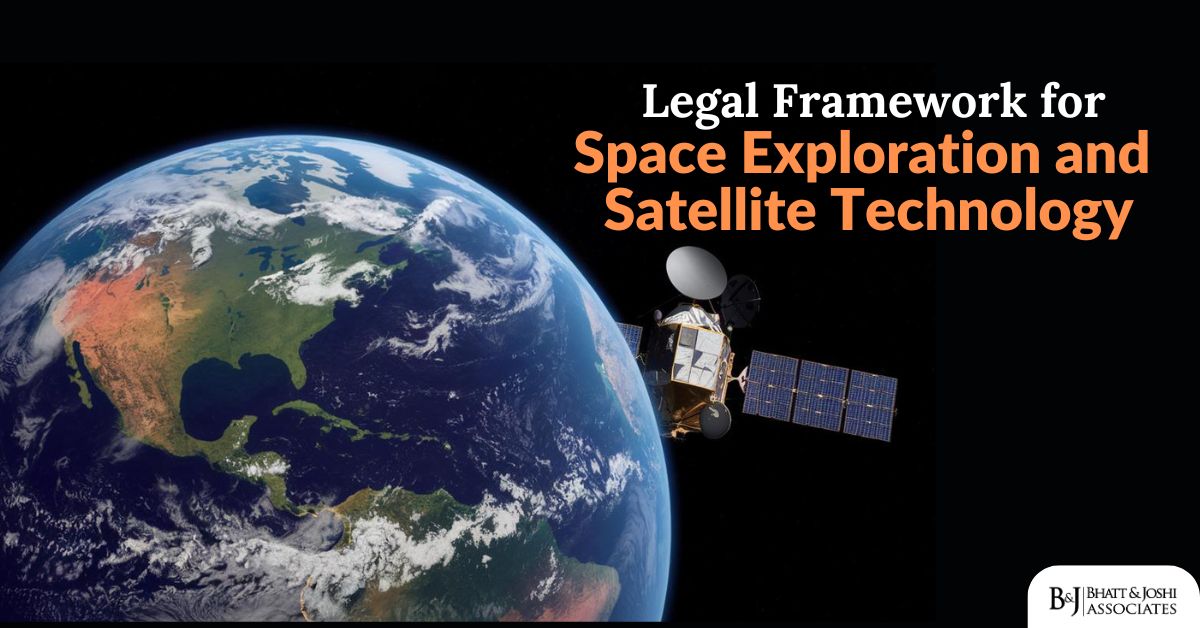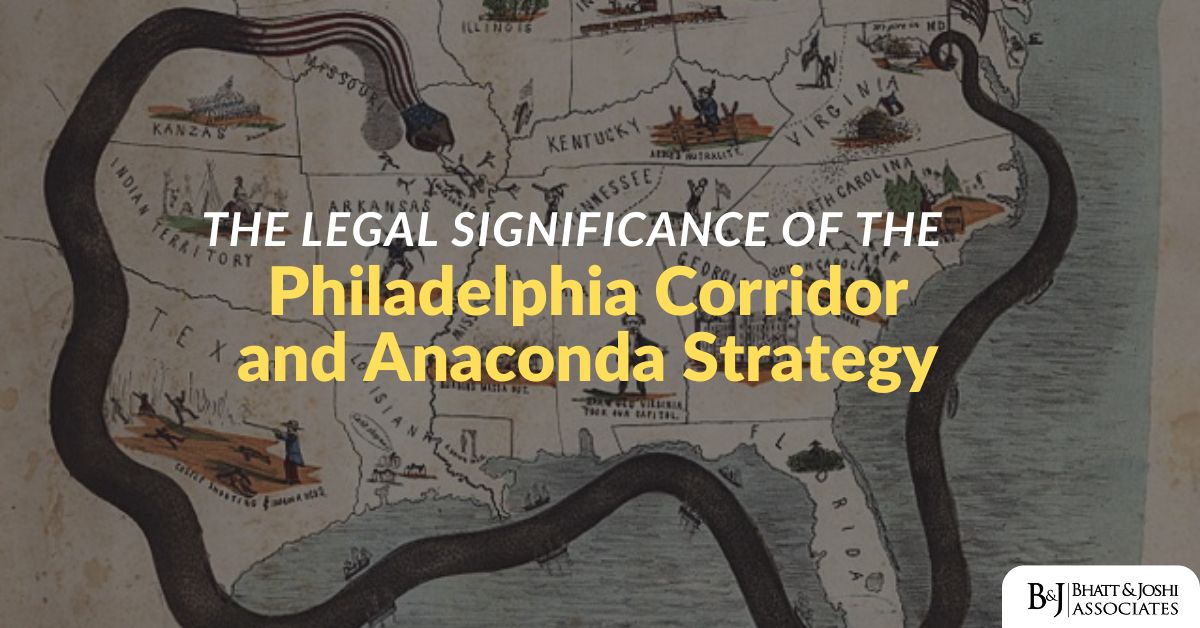Introduction
Space exploration and satellite technology represent two of the most transformative developments in human history, offering unprecedented opportunities for scientific discovery, technological innovation, and commercial ventures. These advances also pose complex legal challenges, as the regulation of activities beyond Earth’s atmosphere requires a delicate balance between national interests, international cooperation, and the protection of space as a global commons. As space becomes increasingly accessible to both state and non-state actors, the need for a robust legal framework governing these activities has never been more pressing. This article explores the evolving legal framework for space exploration and satellite technology, examining the treaties, laws, regulations, case law, and judicial decisions that shape the governance of space.
Historical Evolution of Space Law
The legal framework for space activities emerged during the Cold War, as space became a new frontier for scientific, political, and military competition. The launch of the Soviet Union’s Sputnik 1 in 1957, the world’s first artificial satellite, marked the beginning of the space age and highlighted the need for international legal agreements to govern space activities. In response to growing interest in space exploration, the United Nations (UN) established the Committee on the Peaceful Uses of Outer Space (COPUOS) in 1959, which became the primary forum for developing international space law.
The legal regime governing space is built on five key international treaties, which together form the foundation of space law: the Outer Space Treaty (1967), the Rescue Agreement (1968), the Liability Convention (1972), the Registration Convention (1976), and the Moon Agreement (1984). These treaties outline the basic principles that regulate space exploration, the use of celestial bodies, and the responsibilities of states and private actors engaged in space activities.
The Outer Space Treaty: The Constitution of Space Law
The Outer Space Treaty (OST) of 1967 is widely regarded as the constitution of space law. Signed by more than 100 countries, including all major spacefaring nations, the OST establishes the fundamental principles that guide space exploration and the use of outer space. The treaty is based on the premise that outer space is the “province of all mankind,” meaning that space exploration must be conducted for the benefit of all humanity and not for the exclusive use or benefit of any single nation.
Key provisions of the Outer Space Treaty include:
Freedom of Exploration: Article I of the OST guarantees the right of all states to explore outer space without discrimination and on an equal basis. This ensures that space remains open to all countries, regardless of their technological capabilities or economic resources.
Non-appropriation: Article II prohibits the national appropriation of outer space, including the Moon and other celestial bodies. This means that no state can claim sovereignty over any part of outer space or use space resources for its own exclusive benefit.
Peaceful Use of Space: Article IV of the OST requires that space activities be conducted for peaceful purposes. The treaty prohibits the placement of nuclear weapons or other weapons of mass destruction in orbit around Earth or on celestial bodies.
Responsibility for National Activities: Article VI holds states internationally responsible for both governmental and non-governmental activities in outer space. This includes space activities conducted by private companies, such as satellite launches and space tourism ventures. States must ensure that all space activities comply with international law and the principles of the OST.
Liability for Damage: Article VII of the OST establishes that states are liable for any damage caused by their space objects, whether that damage occurs on Earth or in outer space.
While the OST provides a solid foundation for space law, its provisions are relatively broad and open to interpretation. As space activities have evolved and diversified, new legal challenges have emerged that require more specific regulations and guidelines. This has led to the development of additional treaties and conventions, as well as national laws that govern space activities at the domestic level.
The Rescue Agreement 1968: Protecting Astronauts in Distress
The Agreement on the Rescue of Astronauts, the Return of Astronauts, and the Return of Objects Launched into Outer Space (Rescue Agreement) of 1968 builds upon the principles established in the OST by addressing the safety and rescue of astronauts in distress. The Rescue Agreement requires states to provide assistance to astronauts who face emergencies in space or who land in foreign territory due to unforeseen circumstances. It also mandates that space objects, such as satellites or spacecraft, be returned to their country of origin if they inadvertently land on foreign soil.
The Rescue Agreement is an important component of international space law because it emphasizes the humanitarian aspect of space exploration. By establishing obligations for the rescue and return of astronauts and space objects, the agreement promotes cooperation and solidarity among nations engaged in space activities. However, the scope of the Rescue Agreement is relatively limited, as it does not address issues related to commercial space activities or private space ventures.
The Liability Convention 1972: Accountability for Space Activities
The Convention on International Liability for Damage Caused by Space Objects (Liability Convention) of 1972 is one of the most important legal instruments in space law, as it establishes a framework for determining liability in the event of damage caused by space objects. Under the Liability Convention, states are held strictly liable for damage caused by their space objects on the surface of the Earth or to aircraft in flight. This means that if a satellite or spacecraft from one country crashes into another country’s territory and causes damage, the launching state is obligated to pay compensation, regardless of whether the damage was caused by negligence or intent.
The Liability Convention also establishes a fault-based liability regime for damage that occurs in outer space. In cases where space objects collide or otherwise cause damage in space, the state responsible for the damage must compensate the injured party, provided that fault can be established. This has significant implications for satellite operators, as the increasing number of satellites in orbit raises the risk of collisions and space debris. The COSMOS 954 incident in 1978, in which a Soviet satellite crashed in Canada and released radioactive material, remains one of the few cases where the Liability Convention has been invoked. Canada sought compensation for the costs of cleaning up the radioactive debris, and the Soviet Union eventually agreed to pay.
The Liability Convention plays a crucial role in regulating space activities by ensuring that states are held accountable for the actions of their space objects. However, the convention has limitations, particularly with respect to the growing number of private space operators and the increasing complexity of space activities. As space exploration becomes more commercialized, questions about the allocation of liability between states and private entities will likely become more contentious.
The Registration Convention 1976: Promoting Transparency in Space Activities
The Convention on Registration of Objects Launched into Outer Space (Registration Convention) of 1976 complements the Liability Convention by requiring states to maintain a registry of space objects launched into outer space. The primary purpose of the Registration Convention is to promote transparency and accountability in space activities by ensuring that all space objects are traceable to their launching state.
Under the Registration Convention, states must provide detailed information about each space object they launch, including its name, launching state, date and location of launch, and general function. This information is submitted to the UN’s Office for Outer Space Affairs (UNOOSA), which maintains a central registry of space objects. The Registration Convention is critical for maintaining an accurate record of space objects and for identifying the responsible party in the event of damage or disputes.
However, despite the importance of the Registration Convention, there are challenges with compliance and enforcement. Some space objects are not properly registered, and the growing number of satellites in orbit has made it difficult to keep the global registry up to date. As the space environment becomes more crowded, the need for accurate registration and coordination between states and private operators will become increasingly important.
The Moon Agreement 1979: Regulating the Use of Celestial Bodies
The Agreement Governing the Activities of States on the Moon and Other Celestial Bodies (Moon Agreement) of 1979 is the last of the five major space treaties developed by the UN. The Moon Agreement expands upon the principles established in the OST by addressing the exploration and use of celestial bodies, particularly with regard to the extraction of resources. The agreement declares that the Moon and other celestial bodies are the “common heritage of mankind,” meaning that their resources should be used for the benefit of all humanity, not just for the exclusive benefit of individual states or private companies.
One of the key provisions of the Moon Agreement is the requirement that any exploitation of lunar resources be conducted under an international regulatory regime. The agreement also prohibits the use of celestial bodies for military purposes, reaffirming the principle that outer space must be used exclusively for peaceful purposes.
Despite its ambitious goals, the Moon Agreement has not been widely ratified. Major spacefaring nations, including the United States, Russia, and China, have declined to become parties to the agreement, largely because of concerns that it imposes too many restrictions on space exploration and resource extraction. As a result, the Moon Agreement has had limited impact on the regulation of space activities, particularly with regard to private ventures seeking to mine resources on the Moon and other celestial bodies.
National Space Law: Governing Space Activities at the Domestic Level
In addition to international treaties, space exploration and satellite technology are regulated at the national level by domestic space laws. Many countries have developed national legal frameworks to govern their space activities, often in alignment with the principles established in the OST and other international agreements. These national laws address a wide range of issues, including the licensing of space activities, liability for damage, intellectual property rights, and environmental protection.
The United States has one of the most comprehensive legal frameworks for space activities. The Commercial Space Launch Act of 1984 establishes the legal foundation for the regulation of commercial space activities, including satellite launches and space tourism. The act requires private companies to obtain licenses from the Federal Aviation Administration (FAA) for any commercial space launches, and it imposes strict safety and liability requirements on space operators. The Federal Communications Commission (FCC) also plays a key role in regulating satellite communications, ensuring that satellites do not interfere with each other’s signals and that the electromagnetic spectrum is used efficiently.
In recent years, the U.S. has taken steps to promote the commercialization of space and to facilitate the private exploitation of space resources. The U.S. Commercial Space Launch Competitiveness Act of 2015 allows American companies to claim ownership of resources extracted from asteroids and other celestial bodies, despite the OST’s prohibition on national appropriation. This has raised concerns within the international community, as it challenges the non-appropriation principle enshrined in the OST. However, proponents argue that the act applies only to extracted resources and does not imply ownership of the celestial body itself.
Other countries, such as France, Japan, and India, have also developed national space laws to regulate space activities. France’s Space Operations Act of 2008 imposes strict liability on satellite operators for any damage caused by their activities, while India’s Draft Space Activities Bill, introduced in 2017, seeks to regulate private space activities and encourage investment in the country’s growing space sector.
Challenges and Emerging Issues in Space Law
As space exploration and satellite technology continues to evolve, several emerging issues have highlighted the need for further legal development and international cooperation. One of the most pressing challenges is the growing problem of space debris, which consists of defunct satellites, spent rocket stages, and fragments from past collisions. Space debris poses a significant threat to operational satellites and crewed missions, as even small fragments can cause catastrophic damage if they collide with spacecraft.
Currently, there is no binding international law specifically addressing space debris. However, voluntary guidelines for debris mitigation have been developed by organizations such as the Inter-Agency Space Debris Coordination Committee (IADC). These guidelines encourage satellite operators to remove defunct spacecraft from orbit and to minimize the creation of debris during missions. While these efforts have helped reduce the impact of space debris, they are not legally binding, and compliance is not always guaranteed.
Another emerging issue is the growing interest in the commercial exploitation of space resources, particularly with regard to asteroid mining and lunar exploration. While the OST and the Moon Agreement provide a general framework for the use of space resources, there is no clear international regime governing their extraction and ownership. This has led to differing interpretations of the OST’s non-appropriation principle and has created uncertainty about the rights of private companies to exploit space resources.
Conclusion: Legal Frameworks in Space Exploration and Satellite Technology
The legal framework for space exploration and satellite technology is an evolving area of law that must keep pace with rapid technological advancements and the increasing commercialization of space. The foundational treaties, such as the Outer Space Treaty, Liability Convention, and Registration Convention, continue to provide essential guidance for space activities. However, emerging challenges such as space debris, the privatization of space exploration, and the exploitation of celestial resources require further legal development and international cooperation. As humanity pushes deeper into space, the legal framework must adapt to ensure that space remains a domain for peaceful exploration, scientific discovery, and sustainable development for the benefit of all humankind.














